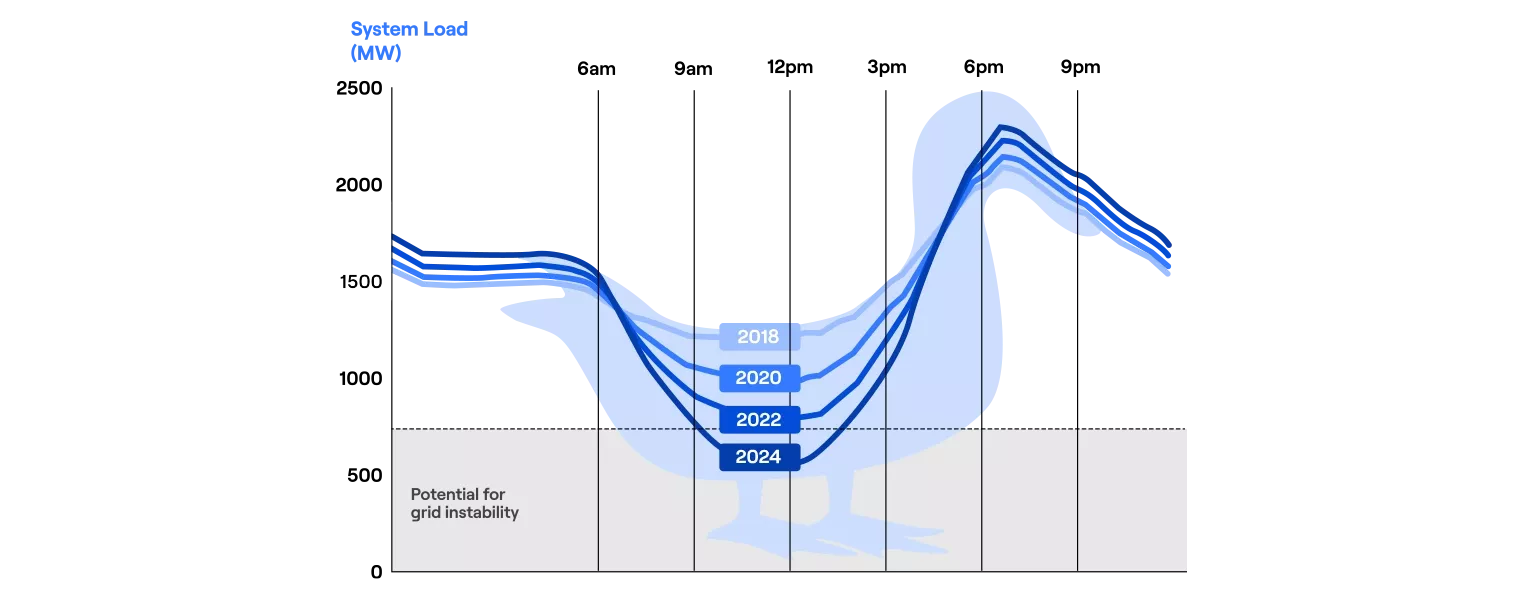Our Perspective
The rise of battery energy storage systems (BESS) has been nothing short of transformative in the energy landscape. As our reliance on renewable energy sources like wind and solar power has grown, so too has the need for efficient means of storing excess energy for use when the sun isn’t shining, and the wind isn’t blowing.

Introduction
A Paradigm Shift in Energy Management
BESS has emerged as the linchpin in the transition towards a more sustainable energy ecosystem. BESS offers a level of flexibility and control, like nothing else that we have seen before. They are able to store excess energy during periods of low demand and release it at times of peak demand, which effectively can balance the grid and reduce stress on power infrastructure. This allows for the enhancement of grid stability but also paves the way for greater integration of renewable energy sources which are inherently intermittent.
Across the energy landscape, there are many opportunities associated with BESS, not only within energy generation and distribution, but also for commercial and residential use. There are three segments in BESS: front-of-the-meter and behind-the-meter which can be summarised as follows:
Unlocking Renewable Energy’s Full Potential
Renewable energy sources such as wind and solar have made remarkable progress in recent years. However, their inherent variability has posed challenges in consistent power generation and supply. BESS helps to solve this problem, providing a solution to store surplus energy generated during favourable conditions and releasing it when needed. The synergy between renewables and energy storage will enable us to harness the full potential of clean energy sources and reduce our reliance on fossil fuels.
Enhancing Grid Resilience
BESS can play a pivotal role in fortifying energy infrastructure, enabling us to provide backup power during outages, ensuring that critical facilities can remain operational. Moreover, they also enable microgrid development, empowering communities to create localised, self-sustaining energy systems which will be less susceptible to widespread blackouts. This can also pave the way to the decentralisation of our energy supply, transitioning away from highly centralised energy grids run by monopolistic providers. Homeowners can gain energy independence at home and take control of their electricity usage and reduce their reliance on the grid, both saving money and reducing overall strain on the grid.
Flattening the Duck Curve
The “Duck Curve” phenomenon has become a significant challenge in the evolving landscape of renewable energy. The curve represents the imbalance between electricity supply and demand that arises due to the increasing adoption of renewable energy. During times of the day when there are favourable conditions, there is an excess of electricity generation. However, as the sun sets and demand surges in the evening, grid operators must quickly ramp up other sources of energy to compensate for the decline in renewable energy generation.

The figure above illustrates a typical duck curve as we increase the use of renewable energy generation. There is a significant dip in lines over the middle of the day - usually the sunniest time - when solar energy is being generated. As the sun sets and solar generation wanes, the lines take a steep upward curve as there is a sudden peak in demand. At this peak, the system may become unstable. Battery Energy Storage Systems provide the missing puzzle piece in the Duck Curve challenge and has the potential to help flatten this out. The surplus energy generation during the day can “fill the belly” of the duck during the day and the BESS can then release the stored energy back into the grid, meeting the surge in electricity needs during the evening. This can help to smooth out fluctuations in supply and demand, enhancing grid stability and facilitates the integration of more renewable energy sources.
The Path Forward
As BESS continue to evolve, innovations like lithium technology, solid-state batteries and improved materials hold the promise of even greater efficiency and longevity. However, the challenge of recycling battery materials and regulatory framework must be addressed for the widespread adoption of BESS. The widespread adoption of BESSs are increasing, however there is still a long way to go in order to meet our NetZero ambitions of 2050. While battery electricity is not a magic solution that can single-handedly address the myriad of challenges confronting modern power systems, it can substantially enhance the sustainability and resilience of power networks.
